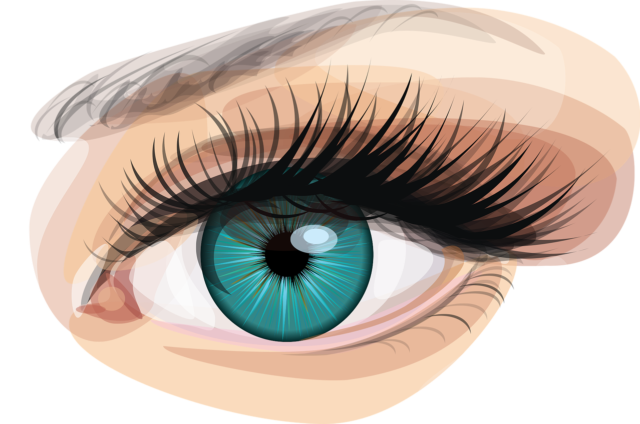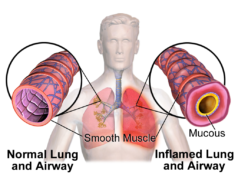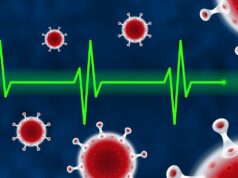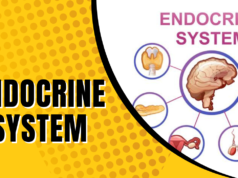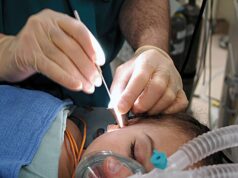Eyes and Vision
Eyes and vision are vital aspects of our sensory perception that allow us to see and interpret the world around us. The eyes are complex organs that enable us to detect light, focus on objects, and transmit visual information to the brain for processing.
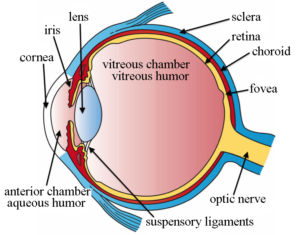
Here are some key points about eyes and vision:
Anatomy of the Eye: The eye consists of several parts, including the cornea, iris, pupil, lens, retina, optic nerve, and various muscles. The cornea and lens refract light, focusing it onto the retina at the back of the eye. The retina contains light-sensitive cells called rods and cones that convert light into electrical signals.
Vision Process: When light enters the eye, it passes through the cornea, pupil, and lens, which focus it onto the retina. The rods and cones in the retina then convert the light into electrical impulses. These impulses are transmitted via the optic nerve to the brain’s visual cortex, where they are interpreted as visual images.
Visual Acuity: Visual acuity refers to the sharpness and clarity of vision. It is measured using the Snellen chart, where 20/20 vision is considered normal. Various factors can affect visual acuity, including refractive errors like nearsightedness (myopia), farsightedness (hyperopia), and astigmatism.
Color Vision: Cones in the retina enable color vision. Most people have three types of cones, allowing them to perceive a wide range of colors. However, some individuals have color vision deficiencies, commonly known as color blindness, where they may have difficulty distinguishing certain colors.
Eye Health and Care: Maintaining good eye health is crucial for preserving vision. Regular eye exams can help detect and address any potential issues early on. It is important to protect the eyes from harmful UV radiation by wearing sunglasses and using appropriate eye protection in certain activities. Additionally, a balanced diet, regular exercise, and avoiding smoking can contribute to overall eye health.
Common Eye Conditions: There are various eye conditions that can affect vision, such as cataracts, glaucoma, macular degeneration, diabetic retinopathy, and dry eye syndrome. These conditions may require medical intervention, including medication, surgery, or the use of corrective lenses.
Vision Correction: Glasses and contact lenses are commonly used to correct refractive errors, such as nearsightedness, farsightedness, and astigmatism. Laser-assisted procedures, like LASIK, can reshape the cornea to correct these refractive errors permanently.
Eye Safety: It’s essential to protect the eyes from potential injuries. This includes wearing safety goggles or glasses when participating in activities that may pose a risk, such as sports, construction work, or using hazardous chemicals.
If you have specific questions or need more information about a particular aspect of eyes and vision, feel free to ask!

